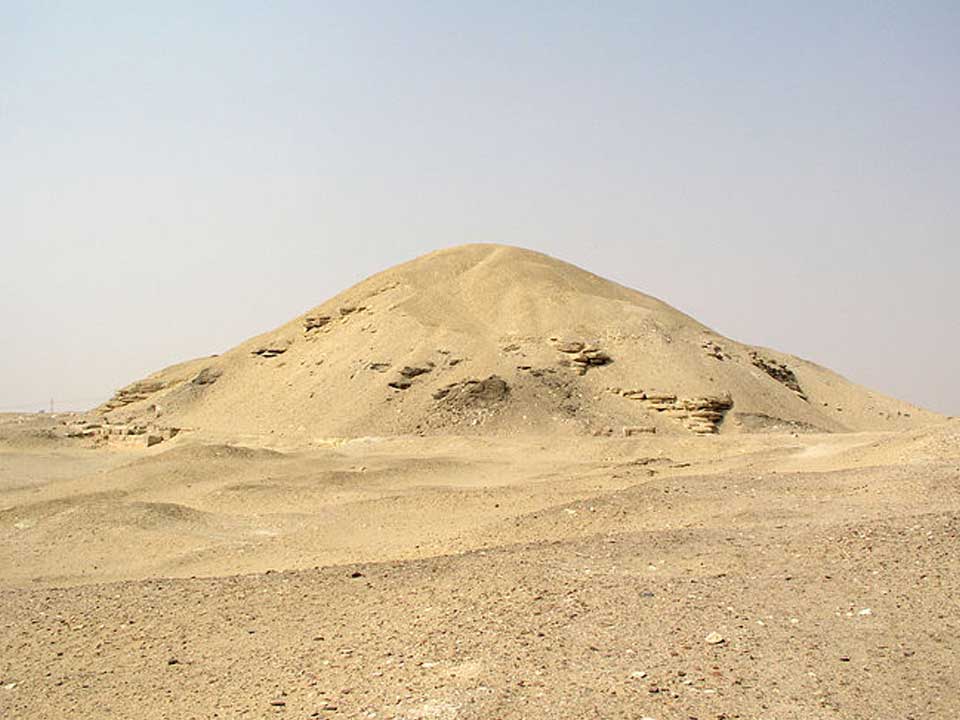Pyramids of the Middle Kingdom

Pyramid-building continued into the Middle Kingdom, though these did not stand the test of time nearly as well, nor were they as impressive. In part, this can be attributed to lesser-quality materials. The pyramid of the pharaoh Amenemhet I was filled with mud brick and rubble, despite a smooth limestone exterior, and it is little more than a pile of sand today.
Many other Middle Kingdom pharaohs did attempt pyramids, and many were successful. However, with centuries separating them, their efforts to mimic the structures of their Old Kingdom ancestors fell flat. It doesn’t appear as though they had retained the engineering knowledge necessary to build a structure that lasted, and the new methods they pioneered didn’t work quite as well.
However, what makes the pyramids of this era notable is that for the first time, the interior walls were decorated with artwork and inscriptions. These inscriptions, known as the Pyramid Texts, described the Egyptian afterlife, and the various trials the king would need to undertake to achieve eternal life. These Texts, as well as the later Book of the Dead and Coffin Texts, still provide some of the most valuable insight into the Egyptian religion.

At-A-Glance
- Many pyramids were built built during the Middle Kingdom, but none stood the test of time nearly as well as those built in the Old Kingdom.
- Lesser materials and the loss of engineering knowledge led to literal collapse.
- The Middle Kingdom did see the first appearance of the Pyramid Texts, the precursor to the Book of the Dead that described the Egyptian afterlife.


